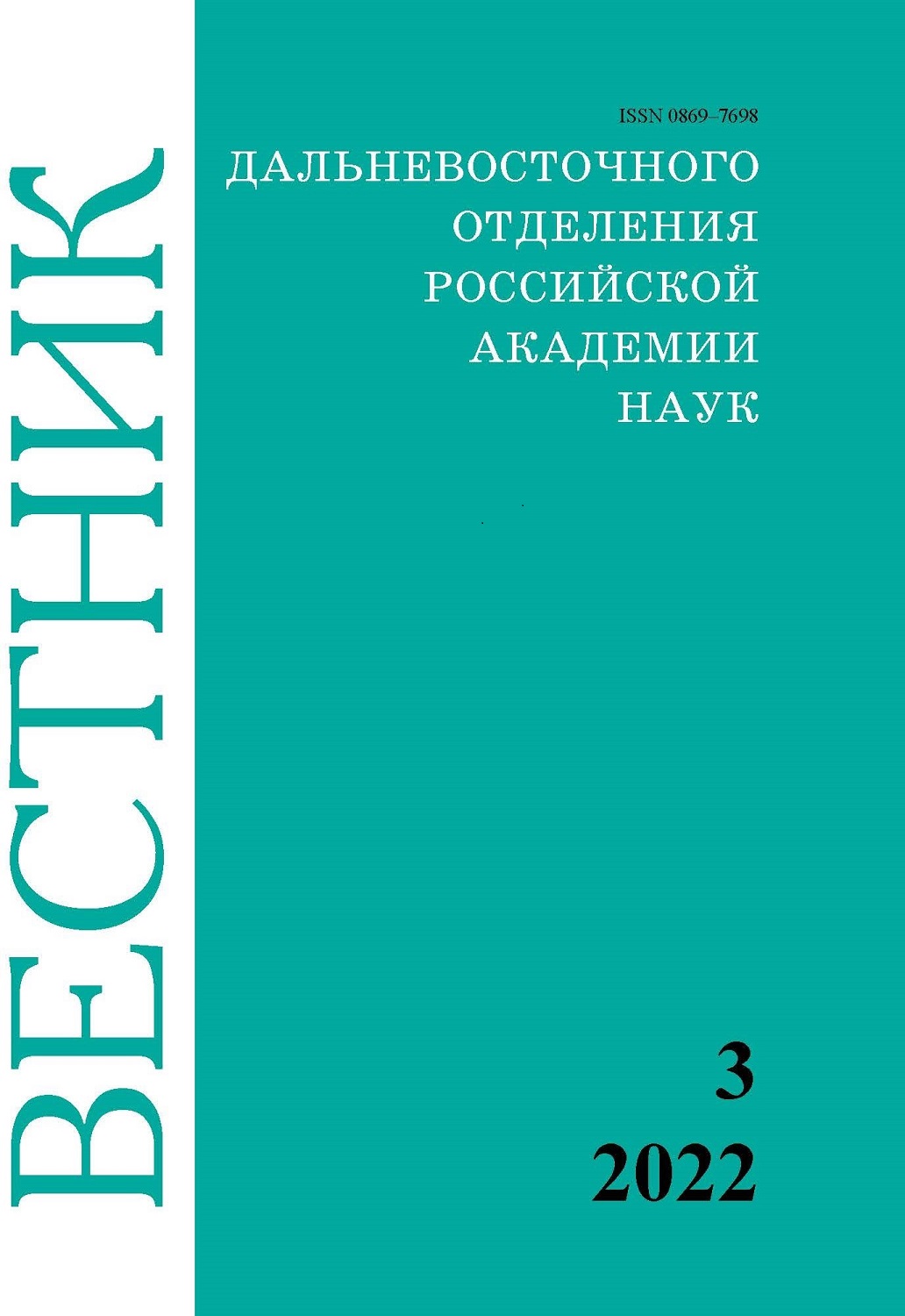Resistance of barnyard grass biotypes to the herbicides applicable in the rice fields of the Primorye Territory
Keywords:
barnyard grass, biotype, resistance, herbicide, tolerance level, resistance indexAbstract
The reduction of rice acreage in Primorsky Territory is associated with a strong contamination by Echinochloa weeds, as well as their development of resistance to herbicides allowed in the Russian Federation for use. Seeds of resistant populations of Echinochloa (E. crusgalli, E. occidentalis and E. phyllopogon) were collected in 2012–2020 on 6 rice irrigation systems in areas with long-term use of herbicides Segment, Nomini and Tsitadel. The research was carried out at the experimental base of Far Eastern Research Institute of Plant Protection- branch Federal Scientific Center of Agricultural Biotechnology of the Far East named after A.K. Chaika. The dynamics of the development of resistance of plants of Echinochloa biotypes to herbicides on irrigation systems of Primorsky Territory and in the whole region is analyzed. The accumulation of resistance in populations of barnyard grass developed rapidly in those farms in which biotypes initially resistant to the herbicide Facet were found. The resistance of Echinochloa weeds to the herbicides Segment, Nomini and Tsitadel is cross-developing in biotypes initially resistant to Facet.


